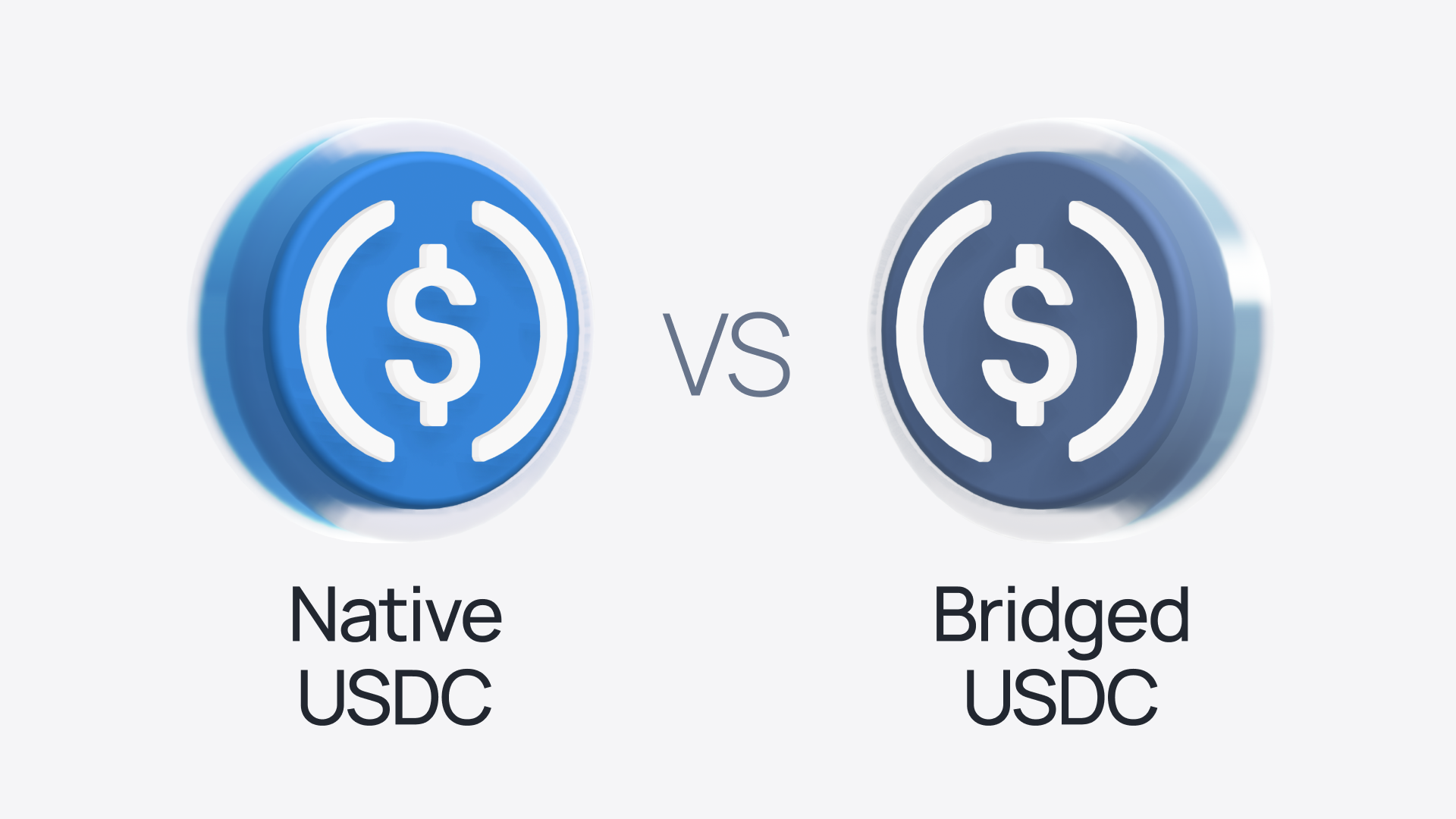USDC.e on Fantom: The Pathway From Bridged to Native Stablecoin

We recently announced the launch of Fantom's canonical stablecoin, USDC.e, supported by Circle and Wormhole.
USDC.e on Wormhole is bridged from native USDC, located in a smart contract on Ethereum, and holds the potential to be upgraded to native USDC in the future by Circle. It will be the official, endorsed stablecoin of the Fantom ecosystem (and all future network upgrades).
Let’s take a deeper look at the need for stablecoins on Fantom and the pathway for upgrading USDC.e to native USDC.
The need for stablecoins
Stablecoins on any blockchain, including Fantom, play an important role in decentralized finance by allowing users to transact and invest without the constant concern of market swings. Offering the best of both worlds, stablecoins combine the instant processing and security of blockchain transactions with the volatility-free value of fiat money.
An additional important feature of stablecoins is their role in enabling seamless cross-chain transfers. Unlike native blockchain tokens, which are speculative and fluctuate in value, stablecoins maintain their worth throughout the transfer process.
Native vs. bridged USDC
Our new canonical stablecoin, USDC.e, is bridged from native USDC, located in a smart contract on Ethereum. But what are the differences between native and bridged USDC?
According to Circle, the differences between native USDC and bridged USDC are:
Native USDC
- Issued by Circle, a regulated fintech company
- Backed by US dollars and always redeemable 1:1
- Official form of USDC on a given blockchain
- Interoperable with multiple blockchain networks via Circle’s Cross-Chain Transfer Protocol
Bridged USDC
- Created by a third party, e.g. Fantom/Wormhole
- Backed by native USDC on another blockchain locked in a smart contract
- Not compatible with Circle’s Cross-Chain Transfer Protocol
- Upgradable to native USDC

Unlike native USDC, bridged USDC isn’t minted by Circle itself. On Fantom, USDC.e will be minted by Wormhole, bridged from native USDC located in a smart contract on Ethereum. At any point, Circle can then obtain ownership of the USDC.e token contract on Fantom and upgrade it to native USDC.
So what needs to happen for Circle to upgrade USDC.e to native USDC?
The pathway to native USDC
Circle has outlined these steps for upgrading bridged USDC to native USDC:
- Fantom/Wormhole deploy USDC.e on the network
- USDC.e is used to bootstrap initial liquidity in the ecosystem
- USDC.e reaches a significant supply, amount of holders, and number of dApp integrations
- Circle and Fantom/Wormhole jointly elect to securely transfer ownership of the USDC.e token contract to Circle
- Upon obtaining ownership, Circle upgrades USDC.e to native USDC and seamlessly retains existing supply, holders, and dApp integrations

The Fantom Foundation will provide liquidity for the USDC.e stablecoin on Wormhole, making it easy for the token to spread across the network and for users to bridge assets to Fantom. As USDC.e begins to proliferate and gain a vast amount of holders and dApp integrations, Circle may consider stepping in to upgrade its token contract to native USDC.
In this scenario, the upgrade would be seamless and wouldn’t require developers to update contract addresses or users to swap to the new token. The automatic changeover ensures that native USDC on Fantom can leverage the built-up USDC.e liquidity so there isn't any interruption on the network.



